Here is some detailed information about the Murraya Dwarf plant:
- Growth habit: The Murraya Dwarf plant has a dense, bushy growth habit and reaches a height of around 3 to 5 feet (0.9 to 1.5 meters) with a similar spread. It is often grown as a small hedge, border plant, or as a specimen plant in gardens and landscapes.
- Leaves: The leaves of the Murraya Dwarf plant are dark green, glossy, and composed of small, lanceolate leaflets. The foliage has a pinnate arrangement, with multiple leaflets on each leaf stalk. When crushed, the leaves release a pleasant citrus fragrance.
- Flowers: The plant produces clusters of small, white, fragrant flowers that resemble orange blossoms. The flowers are star-shaped and have five petals. They bloom profusely during the warm months, typically in spring and summer. The fragrant flowers attract pollinators like bees and butterflies.
- Fragrance: One of the notable characteristics of the Murraya Dwarf plant is its delightful fragrance. The flowers emit a sweet and citrusy scent that adds to its appeal in the garden.
- Light requirements: Murraya Dwarf plants thrive in full sun to partial shade. They require at least 4 to 6 hours of direct sunlight each day for optimal growth and flowering. However, they can tolerate some shade and may benefit from protection against intense afternoon sun in hot climates.
- Temperature and hardiness: Murraya Dwarf plants are tropical to subtropical in nature and are best suited for USDA hardiness zones 10 to 12. They prefer warm temperatures and may suffer damage or die back if exposed to frost or freezing temperatures.
- Watering and soil: Murraya Dwarf plants prefer well-draining soil that retains some moisture. Water the plant regularly, particularly during dry spells, to keep the soil evenly moist. However, avoid overwatering, as it can lead to root rot. Applying a layer of organic mulch around the base of the plant helps conserve soil moisture and regulate temperature.
- Fertilization: Regular fertilization is beneficial for the Murraya Dwarf plant. Use a balanced, slow-release fertilizer formulated for flowering shrubs. Apply the fertilizer according to the package instructions, typically in spring and summer, to support healthy growth and abundant flowering.
- Pruning: Pruning is important to maintain the desired shape and size of the Murraya Dwarf plant. It can be pruned to form a formal hedge or trimmed to maintain a neat appearance. Pruning is best done after the flowering period. Remove any dead, damaged, or overgrown branches to promote new growth and maintain the desired shape.
- Pests and diseases: Murraya Dwarf plants are generally resistant to pests and diseases. However, they can occasionally attract common garden pests like aphids, scales, and mealybugs. Regularly inspect the plant for signs of infestation and treat accordingly with appropriate insecticides or insecticidal soaps.
- Propagation: Murraya Dwarf plants can be propagated from semi-hardwood cuttings or through air layering. Take 4- to 6-inch (10- to 15-cm) stem cuttings from healthy plants and root them in a well-draining rooting medium. Provide warmth and humidity to facilitate successful propagation. Air layering involves rooting a branch while it is still attached to the parent plant by creating a small wound and wrapping it with moist sphagnum moss or rooting medium.
-
Uses:
- Ornamental plant for gardens and landscapes.
- Hedge plant for privacy and windbreaks.
- Container plant for patios and balconies.
- Fragrance garden due to its delightful scent.
- Attracts butterflies and bees to pollinator gardens.
- Medicinal uses in traditional medicine.
- Aromatic leaves for teas and infusions.
It’s important to note that while Murraya Dwarf plants are generally considered low-maintenance, specific care requirements may vary slightly depending on the growing conditions and climate of your region.

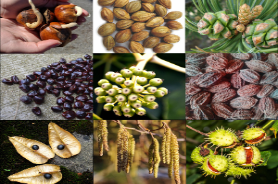

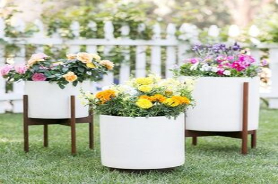



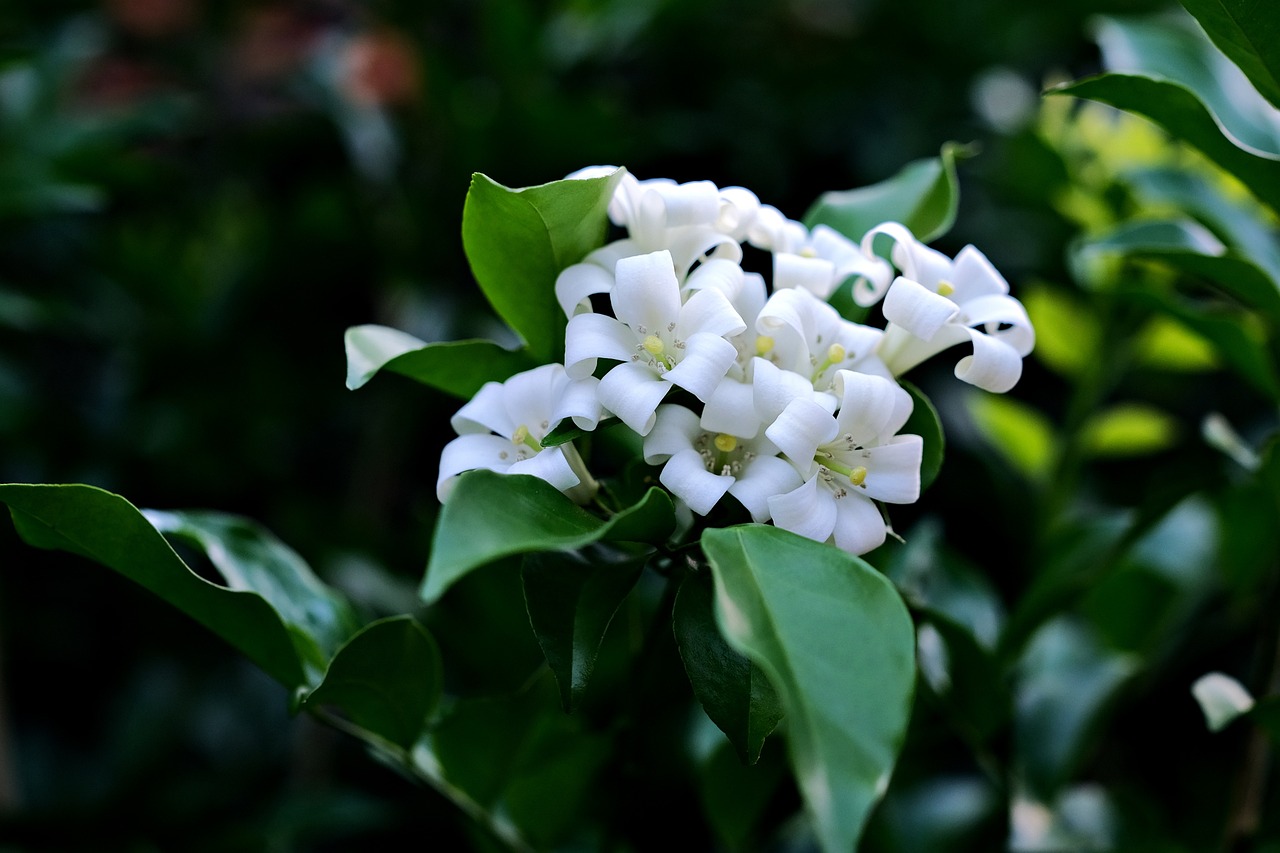
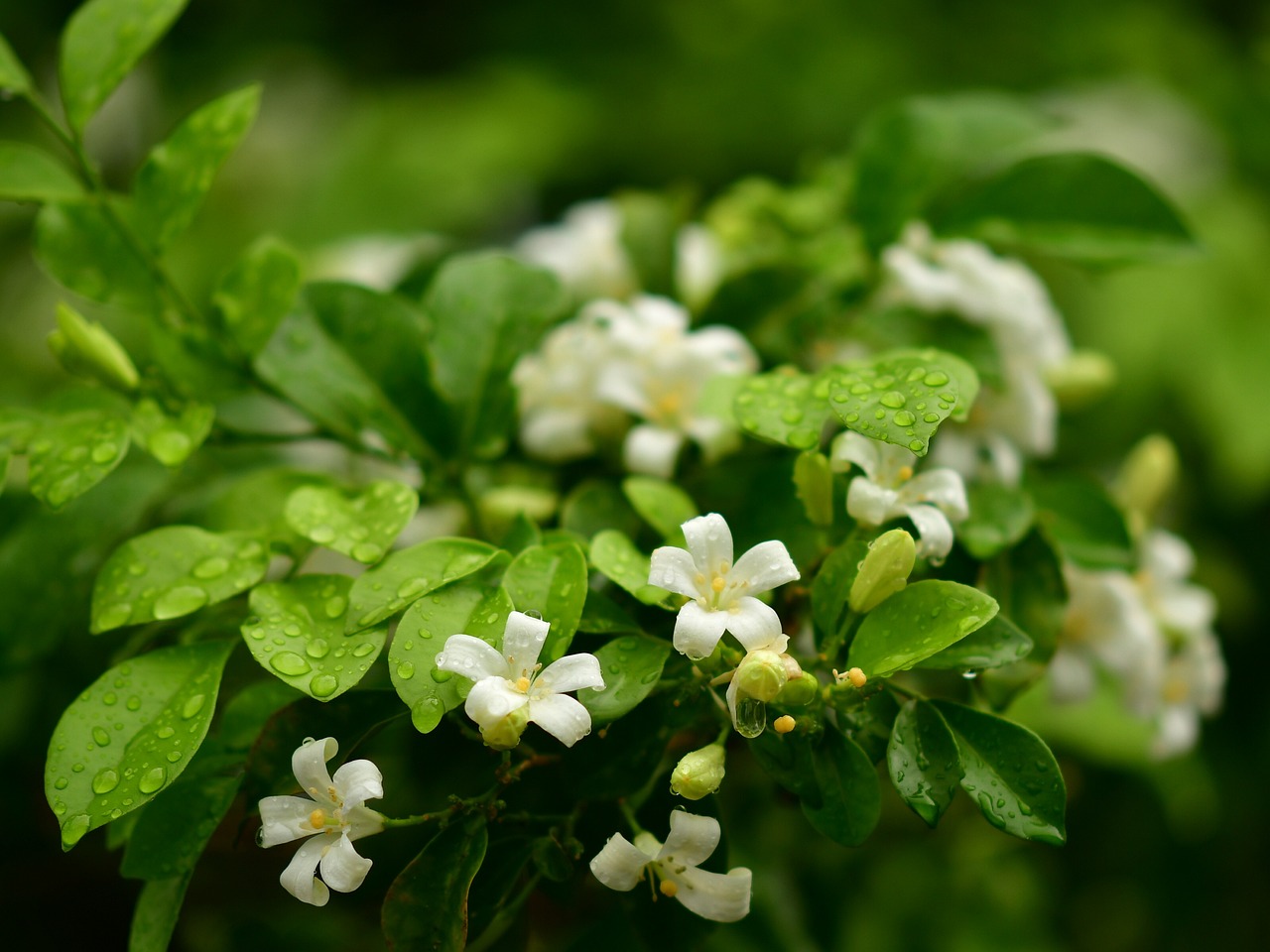
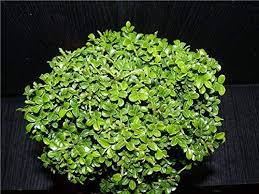
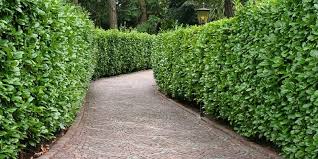
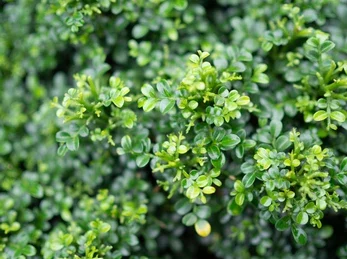

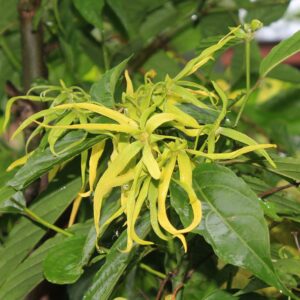

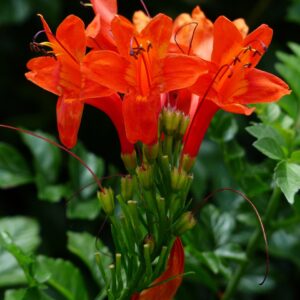
Reviews
There are no reviews yet.